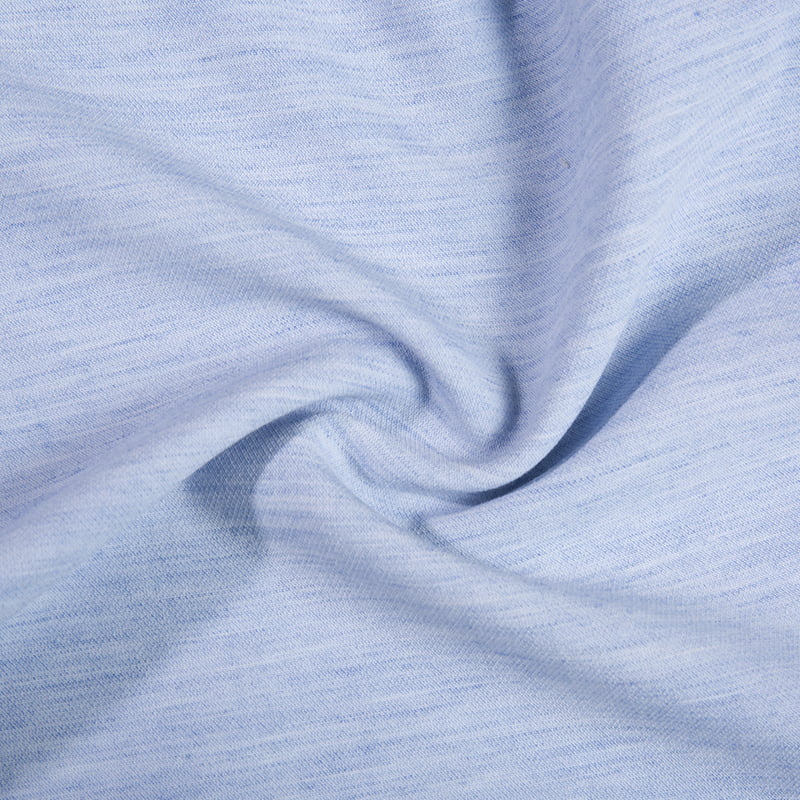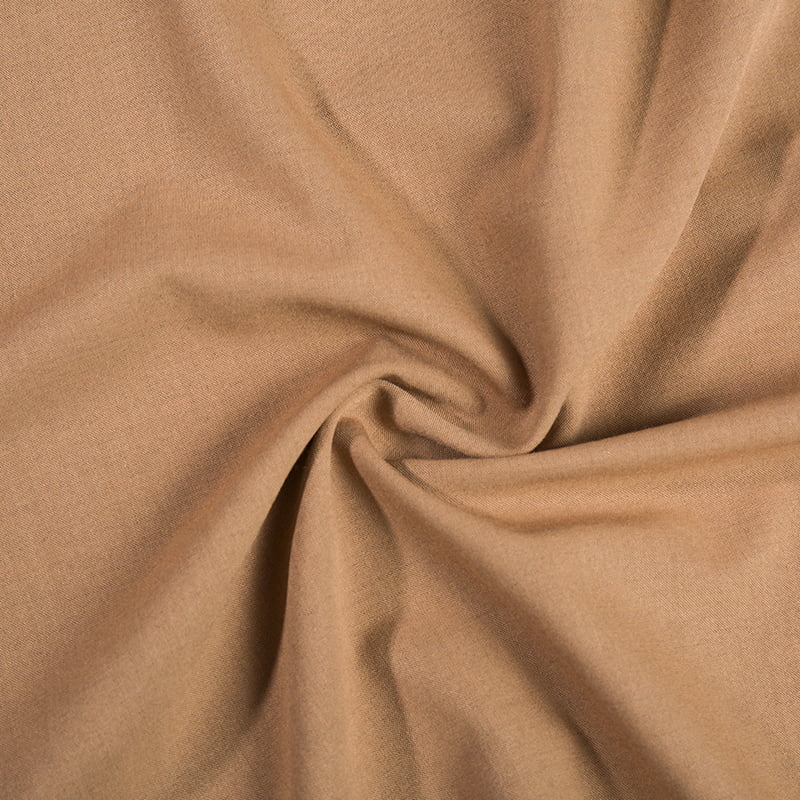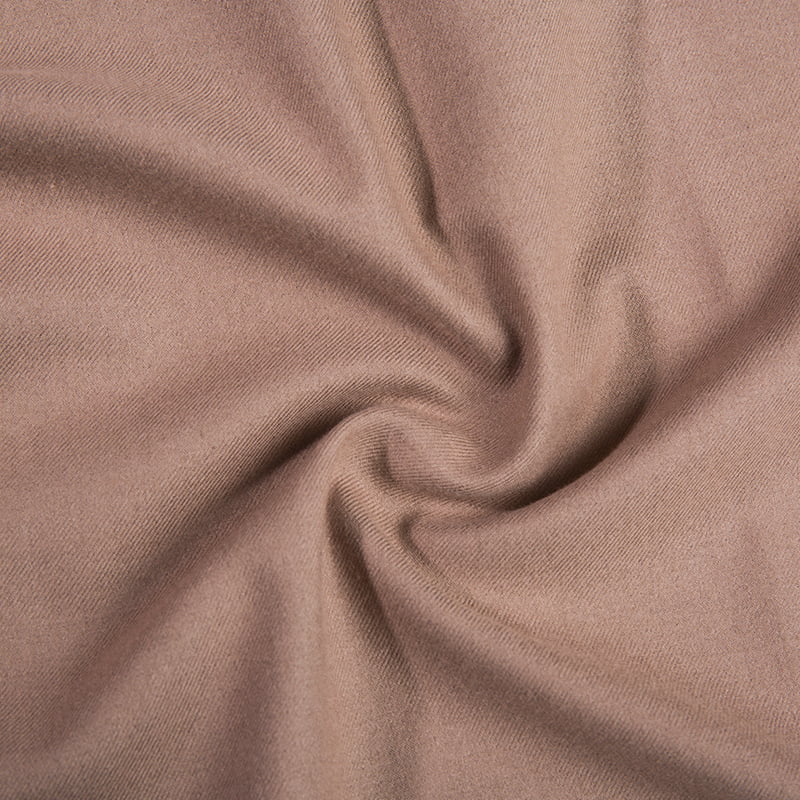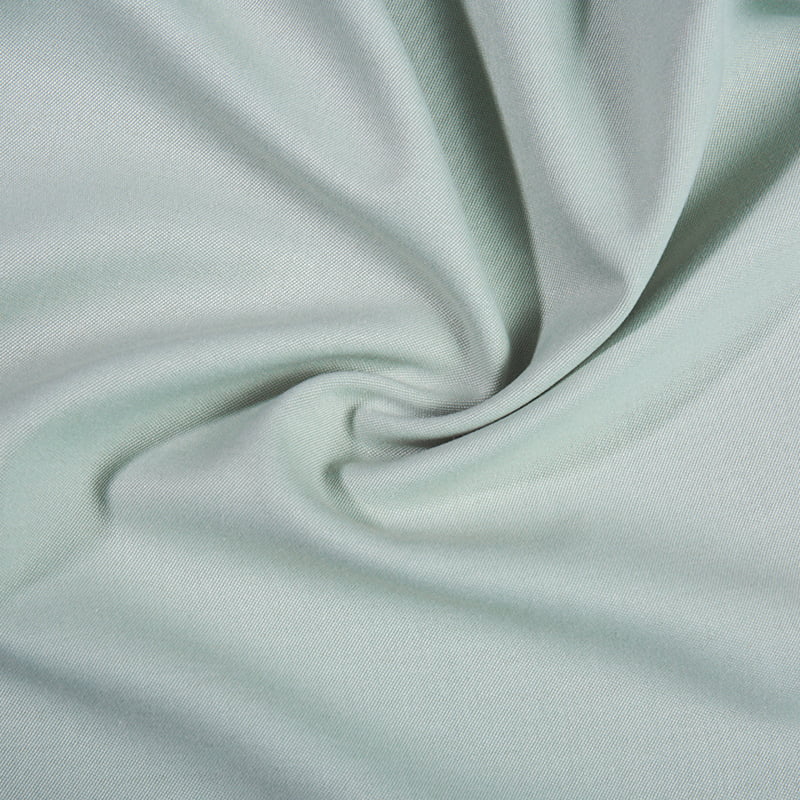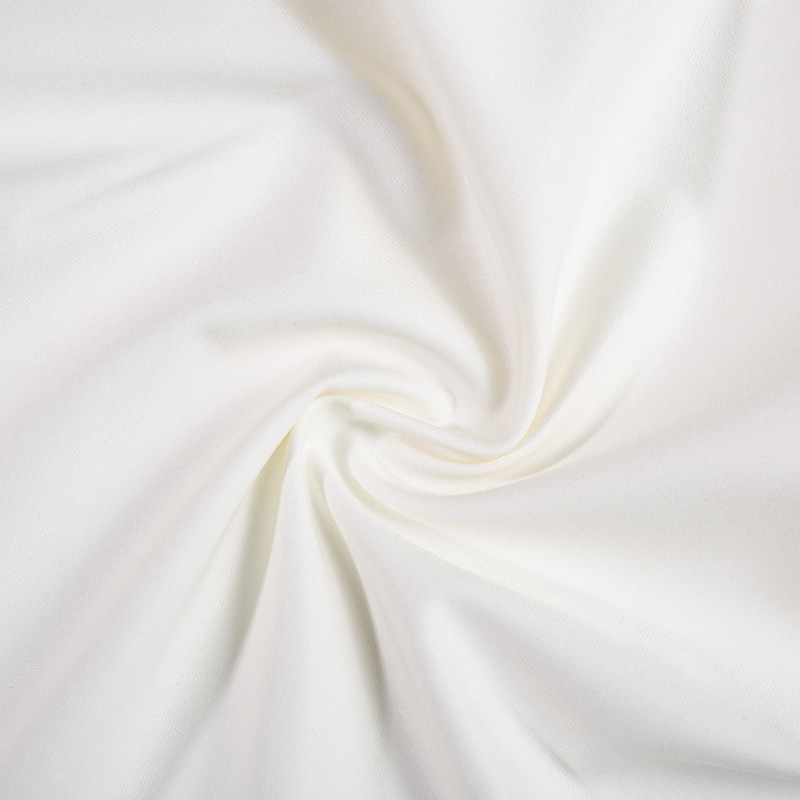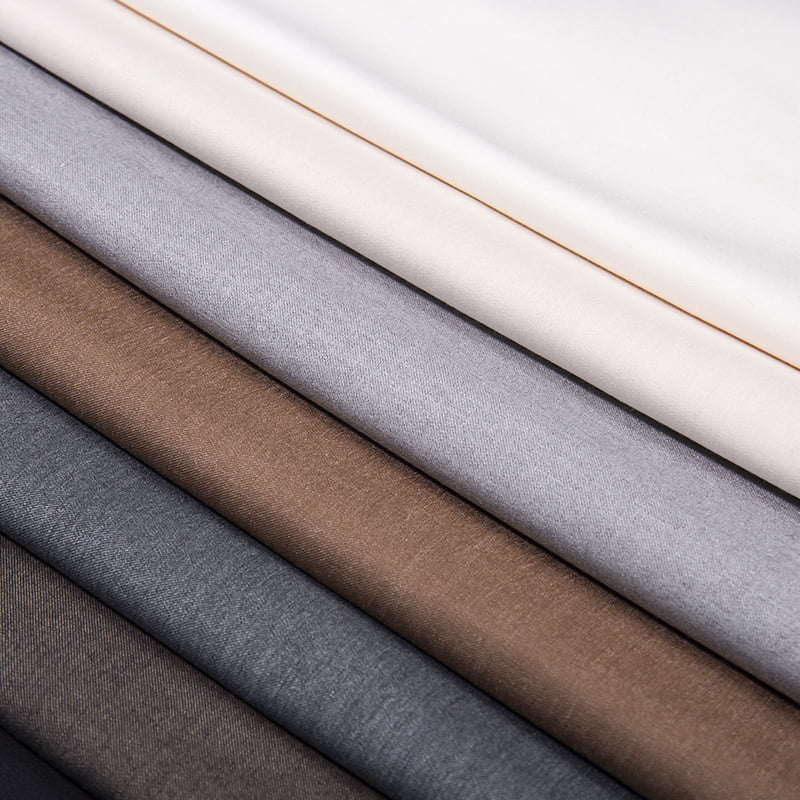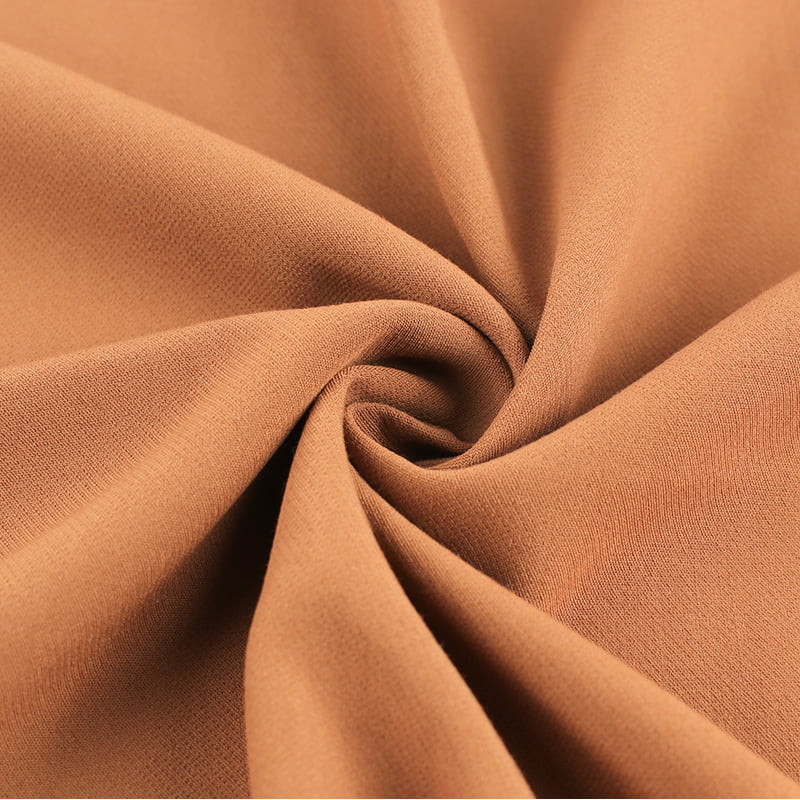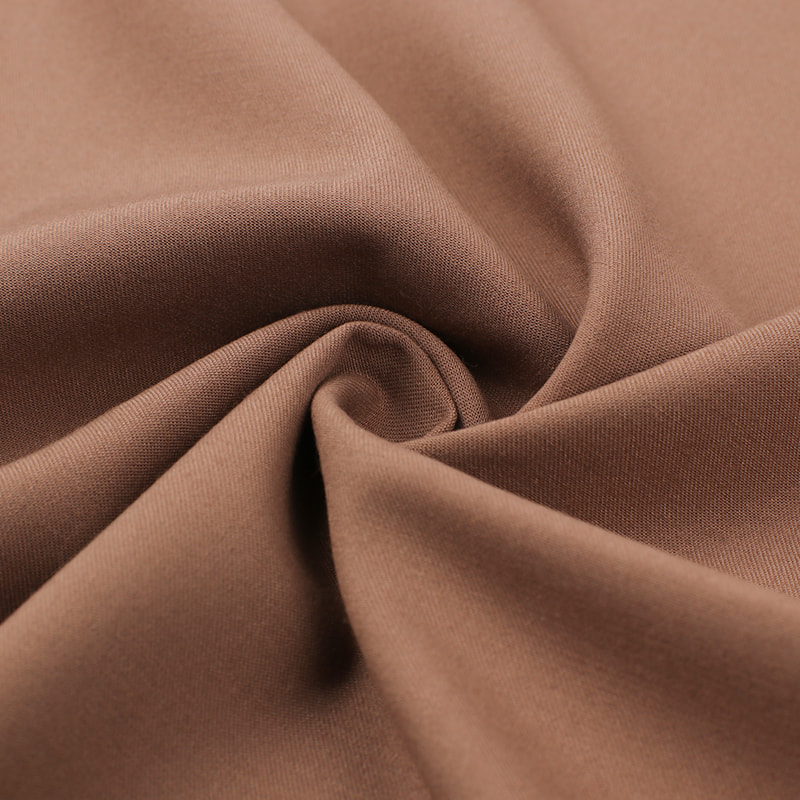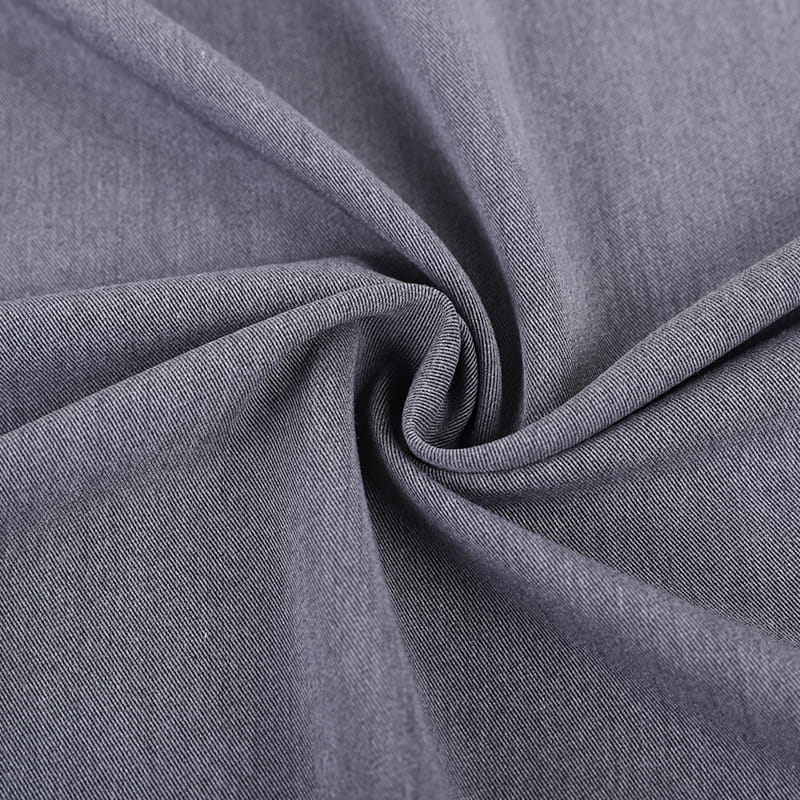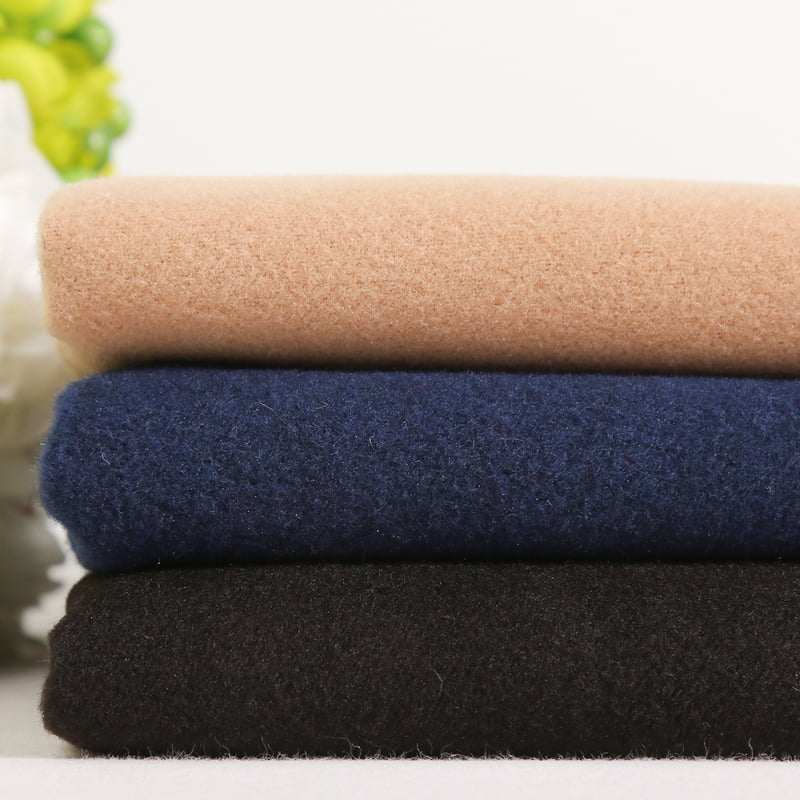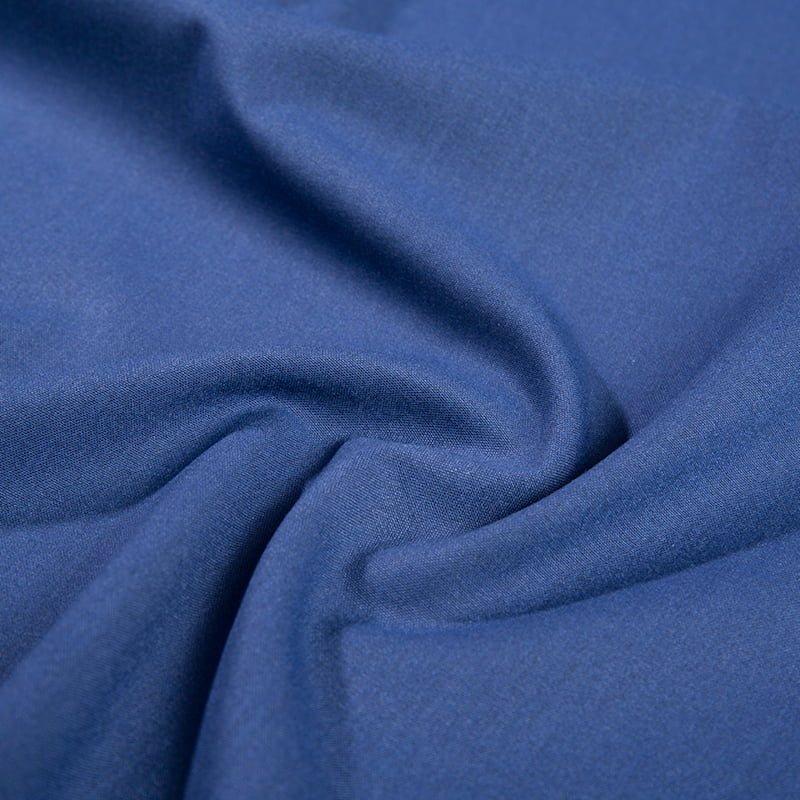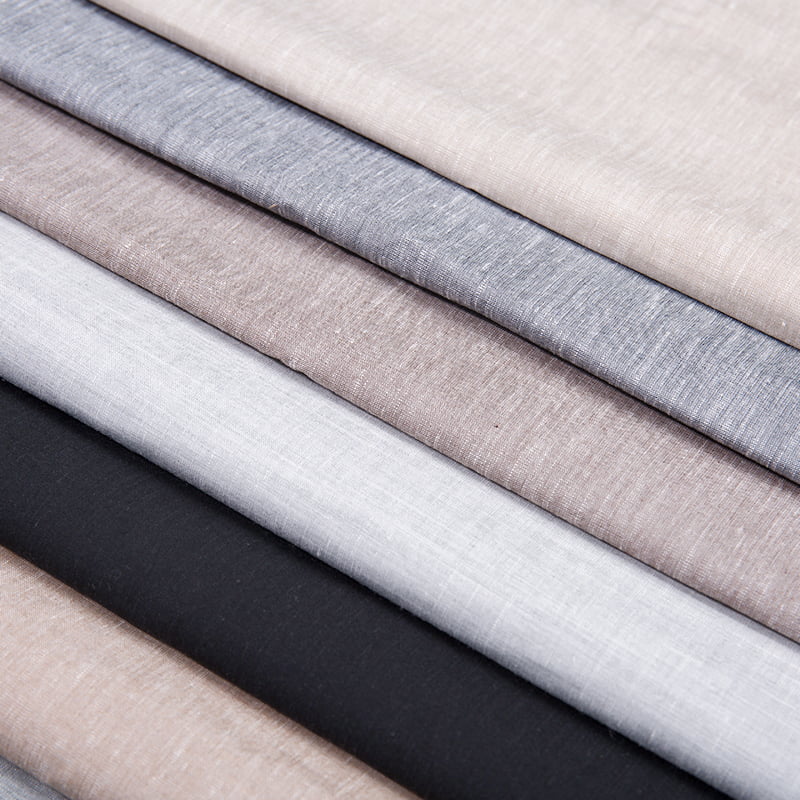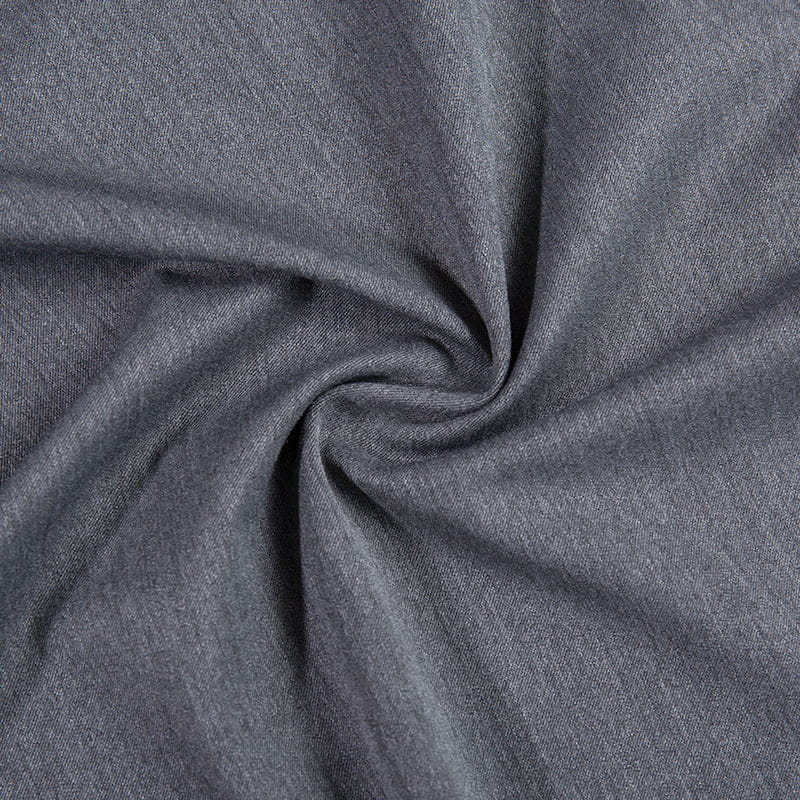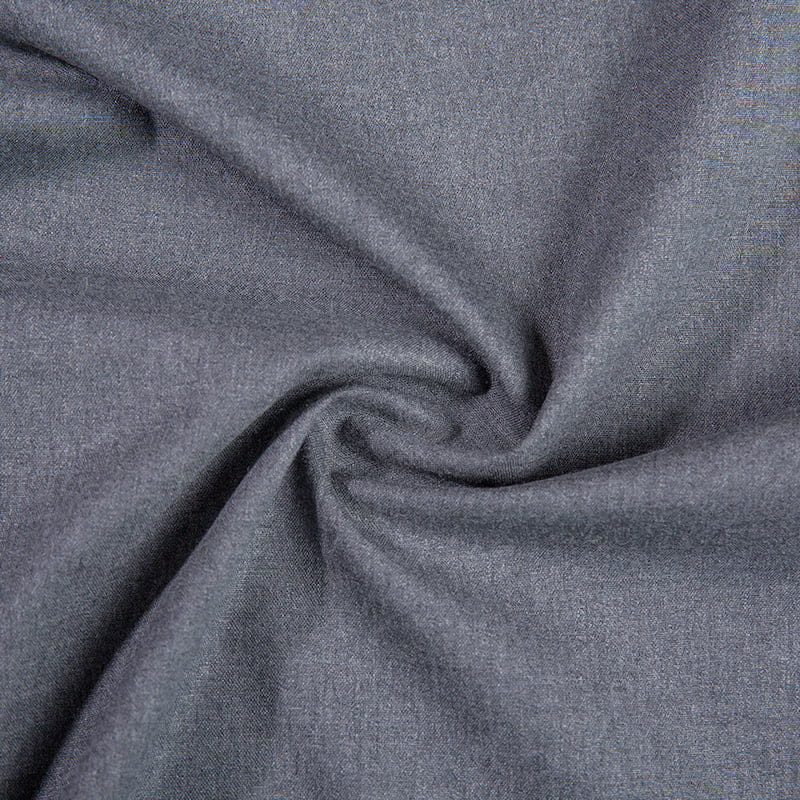In recent years, TR Fabrics have emerged as a leading material choice in the global apparel industry. Combining the strengths of both polyester (T) and rayon (R), these fabrics offer a versatile balance of durability, comfort, and affordability—making them increasingly favored by manufacturers, designers, and consumers alike.
What Are TR Fabrics?
TR Fabrics refer to blended textiles made from polyester and rayon, typically in ratios such as 65/35 or 80/20. This combination brings together the wrinkle resistance and strength of polyester with the soft, breathable feel of rayon.
Key Advantages Driving the Popularity of TR Fabrics
1. Exceptional Comfort and Softness
Rayon contributes a smooth, skin-friendly texture, making TR Fabrics suitable for daily wear, corporate uniforms, and fashion garments.
2. High Durability and Shape Retention
Thanks to polyester’s structural strength, garments made from TR Fabrics maintain their shape even after repeated washing. They resist wrinkles, making them ideal for both casual and formal wear.
3. Cost-Effective Alternative to Natural Fibers
Compared with cotton or pure rayon, TR Fabrics offer similar comfort but at a lower production cost. This affordability allows brands to provide high-quality garments without increasing retail prices.
4. Versatile Applications in Fashion
From trousers and shirts to skirts, uniforms, and suiting fabrics, TR blends meet the needs of various apparel categories. Their adaptability is a major reason behind their growing popularity.
5. Easy to Dye and Maintain
TR Fabrics hold color well, ensuring vibrant and fade-resistant garments. They are also easy to wash, quick to dry, and resistant to shrinkage.
How TR Fabrics Support Sustainable Fashion Trends
As the fashion industry shifts toward sustainable production, TR Fabrics offer a practical pathway. Their durability extends garment lifespan, reducing waste. Additionally, advances in polyester recycling technology are enhancing the eco-friendliness of TR blends.
Common Applications of TR Fabrics in the Apparel Industry
- Business suits and office wear
- School uniforms
- Shirts and blouses
- Fashion trousers and skirts
- Light jackets and outerwear
Conclusion
The rising popularity of TR Fabrics is no coincidence. With their balance of softness, strength, affordability, and versatility, they successfully meet the evolving demands of modern fashion. As brands look for materials that enhance comfort while reducing production costs, TR blends are likely to remain a top choice.
FAQ About TR Fabrics
1. Are TR Fabrics breathable?
Yes. The rayon component adds breathability and moisture absorption, making TR garments comfortable even in warm climates.
2. Are TR Fabrics suitable for uniforms?
Absolutely. Their wrinkle resistance, durability, and shape retention make them perfect for school and corporate uniforms.
3. Do TR Fabrics shrink after washing?
Generally no. TR Fabrics resist shrinkage, maintaining consistent size and structure after repeated washes.
4. Are TR Fabrics eco-friendly?
While polyester is synthetic, advancements in recycled fibers and the longevity of TR garments contribute positively to sustainability efforts.
5. What is the typical composition of TR Fabrics?
The most common blends are 65% polyester and 35% rayon, though other ratios exist depending on usage requirements.


 English
English 中文简体
中文简体 日本語
日本語 한국어
한국어 Español
Español русский
русский

